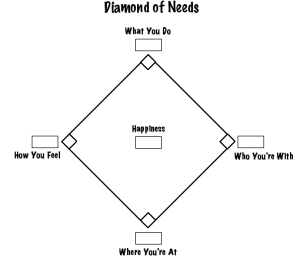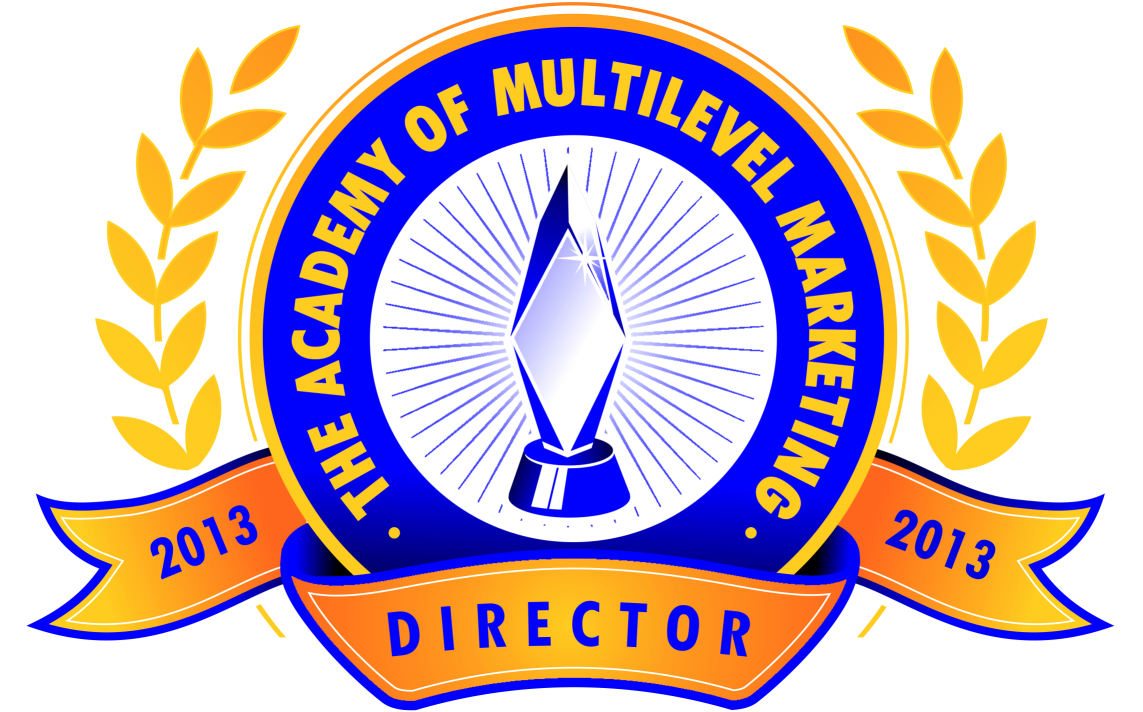By Len Clements © 1992
After two years of intense study of the network marketing phenomenon, and after observing numerous successes and failures, one thing has become clear. The primary reason why 90% of MLM distributors fail is simply because they don’t do what is absolutely necessary to achieve that success. It’s called NETWORKING.
Ask yourself these questions: Is it reasonable that 1 out of 100 people I present my opportunity to will sign up? Can I contact 20 people a day, even if it was to only hand them an audio tape or brochure? Could I close just one a week (out of 140 contacts)? Could I close just 3 a month (out of over 600 contacts)? What amount of success will I have achieved after five years, having personally recruited 180 people?
Obviously, anyone could contact 20 people a day. Less than 10 minutes at the local shopping mall just handing out free audio tapes and brochures would do it (or better yet, twice a week for an hour). And three recruits out of 600 contacts could be achieved almost by accident. At such a pace, even if only a fourth of your recruits worked the business to only the extent of signing up one other person per month, your downline after five years would number into the tens of thousands.
So… if it’s all so easy, why isn’t everyone in MLM rich?
First of all, for most people, handing out tapes to total strangers is scary. It’s not fun. Secondly, at such a pace just described, you would only have about 30-40 people in your organization after the first year. Not exactly a great motivator to continue this drudgery — even if you knew that five years of this pain would result in a lifetime of joy and luxury.
The point is this: If you did have the motivation to go out and take massive action, on a consistent, daily basis, for a period of five years, it appears obvious that anyone could achieve great financial success in network marketing.
Motivational theory is certainly a broad and diversified subject. It is rooted in the basic theories of the American psychologist Abraham Maslow, who devised a 6-level hierarchy (pyramid) of motives that determine human behavior. The base of the pyramid is physiological needs, such as food, water, and the desire to procreate. The second level was security and safety. Third, love and feelings of belonging. Fourth, competence, prestige, and esteem. The top of the hierarchy included self-fulfillment, and culminated at the apex with the desire for total knowledge. Each level of needs must be fully met before the next level could be fulfilled. The fulfillment of all needs in the hierarchy is known as “self actualization”.
I am certainly in no position to question the theories of Mr. Maslow — and I don’t. I think they are, for the most part, right on target. The only challenges I find with this “hierarchy of needs” are these: a) How can I apply this to my daily life, and derive the necessary motivation from it?; and b) How can I present it to others in a simple, duplicatable manner?
These two questions were the genesis of my newest entry into the motivational theory arena, the Diamond of Needs.
Let us say for the moment that there are only four basic needs one needs to fulfill to achieve ultimate happiness, or self-actualization. They are: Who you’re with, where you’re at, what you do, and how you feel.
Who you’re with includes not only your spouse and family, but friends, colleagues, co-workers, admires, and so on. Where you’re at includes not only the geographical location, but your home and general environment. What you do, not only includes your occupation, but your pastimes, hobbies, learning experiences, and other activities. How you feel is specifically your physical condition, or health.
Aside from “ultimate knowledge”, which can only be achieved by God (and which I am not convinced is absolutely necessary to achieve ultimate happiness, at least in human form), the above statements, I believe, have summarized the five primary needs in Maslow’s hierarchy into four simple, understandable, and measurable needs, which anyone can relate to.

By measurable, I’m saying that if you were to draw a Diamond of Needs (imagine a baseball diamond with each base representing each of the four needs described above), and rate from 1 to 100 how fulfilled you think that particular need in at this point in your life, you would be able to better determine which area of your life needs attention. But don’t assume that only that need must be addressed for it to rise to total fulfillment (100).
For example, do you think that What you do, and How you feel might effect Who you’re with, and Where you’re at? Think about that. Do you think Who you’re with might in some ways effect how well you do What you do, thus possibly effect Where you’re at, or even How you feel? Play around with any combination. Think about it long enough and you’ll find that, although certain needs take priority over others, every need is effected and dependent on the other.
The center of the diamond holds the most important need of all. The need to be happy. This primary need is directly tied to all other needs, and can never be rated higher than the highest rating you give any other need. You will find that this “center” need will constantly be in a state of flux, depending on the fulfillment level of the other four needs. The next time you are really sad or depressed, you will inevitably find that one or more of your secondary needs is mostly, or even totally, void of fulfillments. For example, if the Who you’re with need drops to under 10, your center, primary need for happiness will plummet as well.
Even if you are a hermit, and your desire is to be completely alone, your Who your with rating will probably drop to zero if a ski resort is built around your mountain cave, regardless of how much the tourists like you.
So what about the first challenge I mentioned? How can one utilize this concept to build greater motivation to actively pursue their MLM business?
One way many motivational book and tapes have suggested is to put up on the wall a picture of something you greatly desire. Usually this is a large, beautiful home, a fancy sports car, a gorgeous man or woman, or perhaps a picture of a far away paradise where you want to visit or live someday. These all act as good motivators to take action, but each only address a fourth of your total needs and desires. To dream of the red Porche 911, or ogle over the beautiful model, is like flying a 747 on one of the four engines. Sure, it can still move you ahead, but think how much more of a boost you could get if all four engines were driving you forward.
How about this? Get a bulletin board (the cork kind works best, about 2′ x 3′, found at any office supply store) and paste to it a photo or description of what would ultimately satisfy each of the four corner needs. Put that big house you saw, or that post card of Maui, over Where you’re at. Put a picture of a mountain climber, hang glider, deep sea diver, or what ever you want to do, over that corner. How about a blurred picture of a sprinter, just bolting out of the starting blocks, in the How you feel corner. Or someone jumping for joy, or a body builder, or a lion, whatever you perceive to be something that expresses health, power and vitality. If you’re married, the Who you’re with corner should be covered by a photo of your spouse, less your How you feel, and Where you’re at ratings may drop dramatically. Otherwise, you might want to put a picture of a celebrity you admire, a classmate or co-worker you would like to meet, or maybe a photo of a person speaking to a large room full of smiling admirers (or perhaps that is best suited for the What you do corner?).
Now you have a powerful collage of driving, motivational stimuli that can really kick you into gear. You’ve got all four needs firing, not just one or two.
Of course, many people read books and listen to tapes about motivational techniques and goal setting procedures. The real trick is getting the motivation to carry them out. Take the time to build your Diamond of Needs, and don’t just hang it up somewhere and forget it. Take five minutes each morning, and whenever you feel the need for a boost throughout the day, and study your collage. Really feel it. Think about how a successful MLM career will effect, and fulfill, each need.
One final thought. Network marketing is a training and support business. It’s people helping people to succeed and meet their goals. How do you think it might effect What you do and Who you’re with, and ultimately your overall happiness, if you were responsible for many others reaching and fulfilling their goals and dreams? It’s may be the closest you will ever come to self-actualization.










